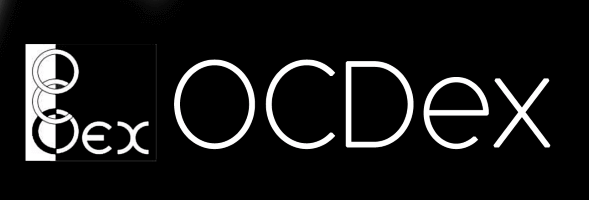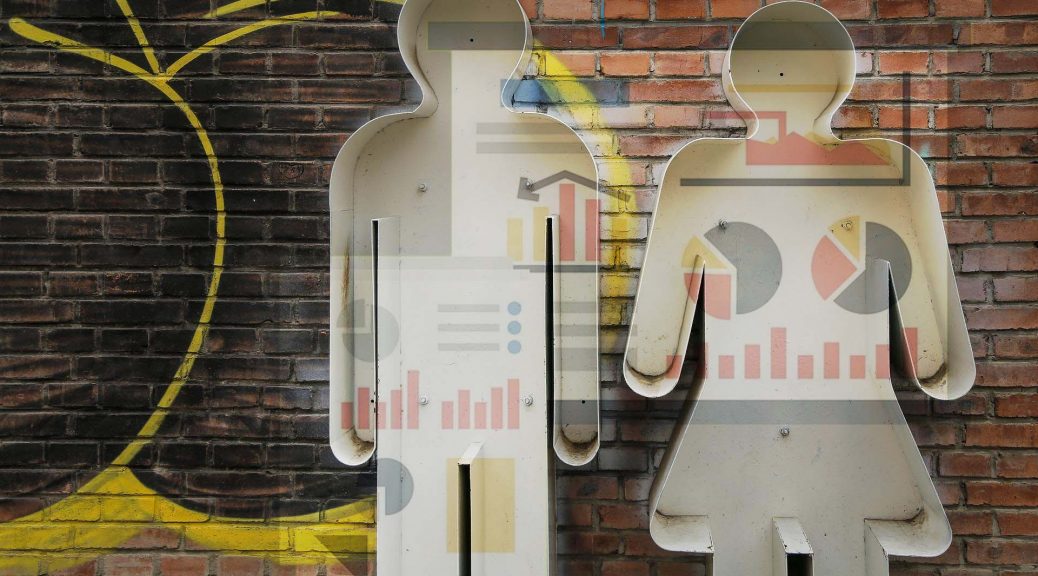Author: Christian Sy (Bicol University)
The World Economic Forum’s Global Gender Gap Report of 2021 recognized the Philippines as the best-performing country in Asia in terms of gender equality. It ranked 1st in Asia and 17th out of the 156 countries. The Global Gender Gap Index (GGGI) is a significant indicator of gender disparity worldwide. It is useful for tracking the extent of access to resources and opportunities and differences between men and women. It adopts four key dimensions that include 1. Economic Participation and Opportunity, 2. Educational Attainment, 3. Health and Survival, and 4. Political Empowerment.
The Philippines have almost closed the gender gap for educational attainment and health and survival gaps with an index score of 0.999 and 0.979, respectively out of the perfect score of 1. On the other hand, economic participation and opportunity, and political empowerment are trailing with 0.792 and 0.353 index scores. This is primarily because of the gender gap in employment opportunities for women, and statistically, there are too few seats in government-held for women.
With this, we can explore a textual analysis of multi-domain, multi-source, and multi-year articles through big data analytics to validate the Philippines’ occupational gender segregation along with the economic participation and opportunity dimension of the Global Gender Gap Index (GGGI). The result of this textual analysis may be utilized to improve institutional transformation and policy formulation for equalizing economic participation and opportunity for women.
References
[1] M A R C H 2 0 2 1 Global Gender Gap Report The analysis presented in the Global Gender Gap Report 2021. 2021. [Online]. Available: http://reports.weforum.org/global- [2] R. R. Sharma, S. Chawla, C. M. Karam, “Chapter 10: Global Gender Gap Index: World Economic Forum Perspective”, 2021, DOI:88975728.00017. [3] T. Mehdi, “Global Gender Gap Index: A Stochastic Dominance Approach,” SSRN Electronic Journal, Sep. 2020, doi: 10.2139/ssrn.3663281. [4] R. E. Matland, “Women’s Representation in National Legislatures: Developed and Developing Countries,” Legislative Studies Quarterly, vol. 23, no. 1, p. 109, Feb. 1998, doi: 10.2307/440217. [5] C. L. Hoyt, “Women, Men, and Leadership: Exploring the Gender Gap at the Top,” Social and Personality Psychology Compass, vol. 4, no. 7, pp. 484–498, Jul. 2010, doi: 10.1111/j.1751-9004.2010.00274.x.This article is a reflection on the OCDex 2022 Fellowship Programme for Researchers
For more information about the article, please reach out to the author: cysy@bicol-u.edu.ph or layertech labs support at learning@layertechlab.com

